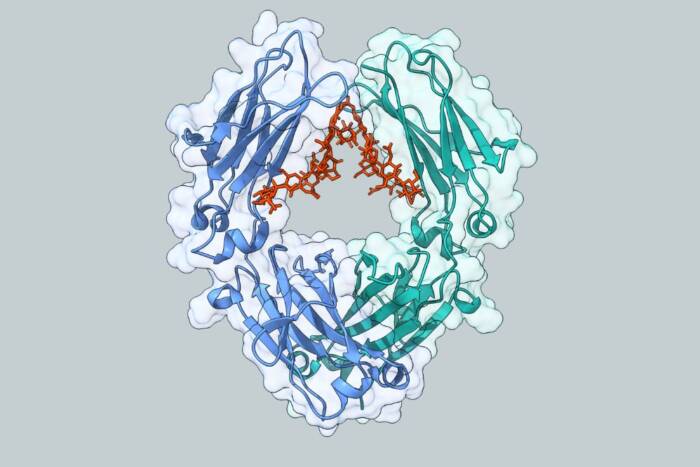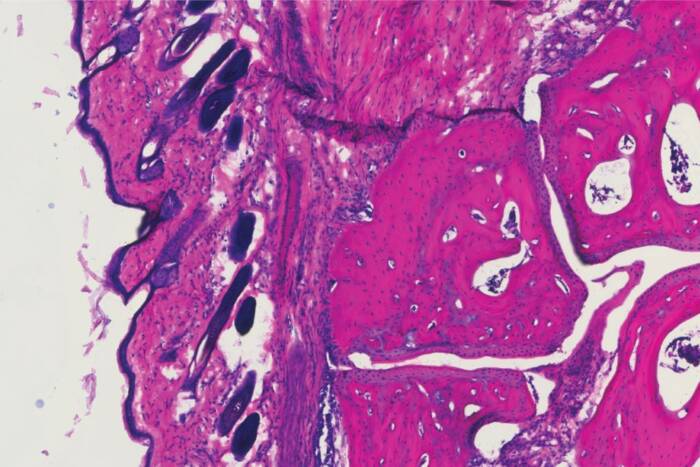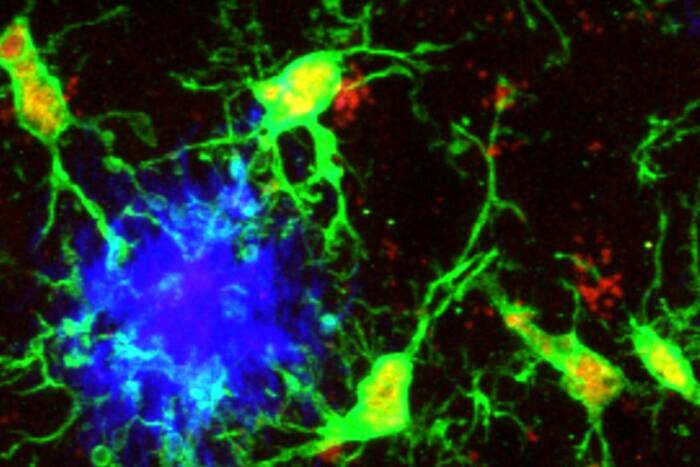New function for protein links plant's circadian rhythm to its light-detection mechanism
They may not sleep — or dream — but plants do have day-night cycles just like animals. Their internal timekeepers tell them how long the days are, helping the plants control photosynthesis and flowering. Now, new research from Nam-Hai Chua’s laboratory at Rockefeller University has identified a new function for the protein SPA1, showing its involvement in adjusting a plant’s internal clock to the external light environment.
In many organisms an internal body clock maintains a twenty-four hour cycle — a circadian rhythm — that dictates when to sleep and when to eat. The circadian rhythm in plants tells them what season it is and when to flower for the best chance of attracting insects to pollinate them. Plants set their clocks by detecting the light cycle, and Chua’s lab found that an accessory protein, called SPA1, is important for keeping the internal clock set. When they bred Arabidopsis plants with a mutated SPA1 protein, the plants flowered early, producing shoots and flowers weeks ahead of wild-type plants.
 (opens in new window)
(opens in new window)
Trouble keeping time. The external light cycle helps wild-type plants (left) set their circadian clock, which then regulates when they flower. But plants with a mutation to their SPA1 gene (right) begin their flowering cycle weeks too soon.
“The regulation of flowering initiation in response to the length of the day is mediated by the interaction of light with the plant’s circadian clock system,” says Chua. “Plants detect light with proteins called phytochromes and cryptochromes. SPA1 regulates one of these phytochromes, called PhyA.”
The PhyA protein links light detection with the circadian clock system and directly influences when a plant flowers. But Chua’s finding suggests that SPA1 normally represses PhyA function, holding the plant back from flowering until the right time. “We knew that SPA1 negatively regulated PhyA immediately after germination, but didn’t know if it played a role in the adult,” says Chua. “Our results show that SPA1 is important in the adult for regulating PhyA and the circadian period. When SPA1 is mutated, the plants precociously flower, affecting their entire reproductive cycle.”
The research has applications in agriculture; a better understanding of plants’ circadian rhythms could help farmers stagger crop harvests, extending crop availability, and secure against massive losses due to weather.
Plant Journal 46(5): 736-746 (June 2006)(opens in new window)


